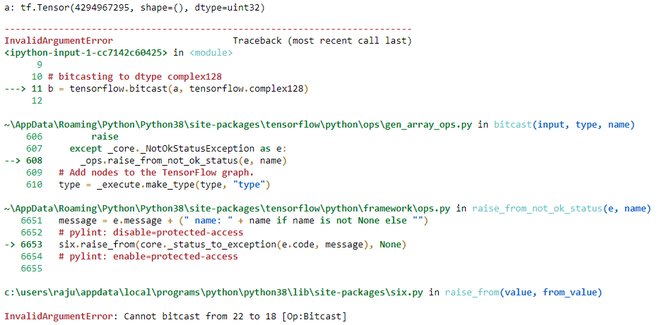
Check out the below example to understand the working of () method. For this approach, you have to import the ast package from the python library and then use it with the literaleval() method.

# In order to construct a dictionary you can start with an empty one. 2) Using () The () is an inbuilt python library function used to convert string to dictionary efficiently. Because of this, you can refer to a value by its key name. The values that the keys point to can be any Python value.ĭictionaries are unordered, so the order that the keys are added doesn’t necessarily reflect what order they may be reported back. Dictionaries are made up of key-value pairs and provide a way to store data without relying on indexing. When there's a common key holder in both the dictionaries, the second dictionary's. Merges usually happen from the right to left, as dicta <- dictb.

Let's first define what should happen when we merge. Method 1- Using update () method Before understanding this let us understand how the update () method works in python. When merging dictionaries, we have to consider what will happen when the two dictionaries have the same keys.
PYTHON JOIN DICTIONARIES HOW TO
This tutorial went through the dictionary data structure in Python. Methods to merge two or more dictionaries in python In this article, we discuss how to merge two or more dictionaries in python. Keys must be quoted, for instance: “title” : “How to use Dictionaries in Python”Īs with lists we can print out the dictionary by printing the reference to it.Ī dictionary maps a set of objects (keys) to another set of objects (values) so you can create an unordered list of objects.ĭictionaries are mutable, which means they can be changed. Because dictionaries are mutable data types, they can be added to, modified, and have items removed and cleared.


 0 kommentar(er)
0 kommentar(er)
